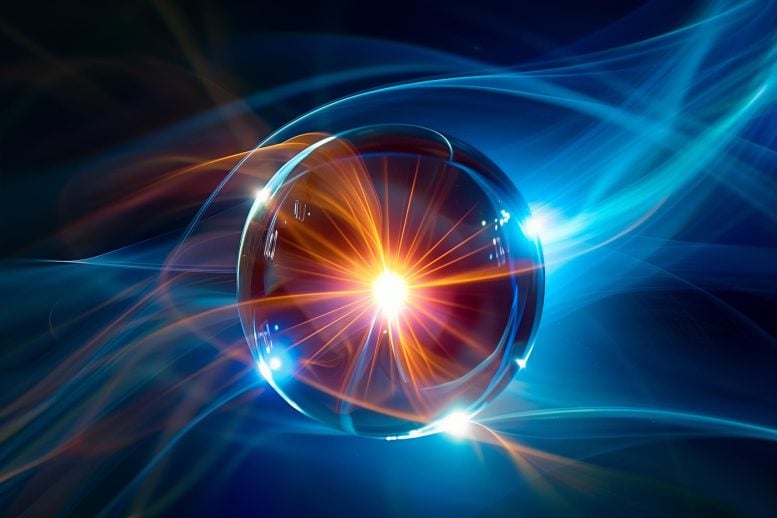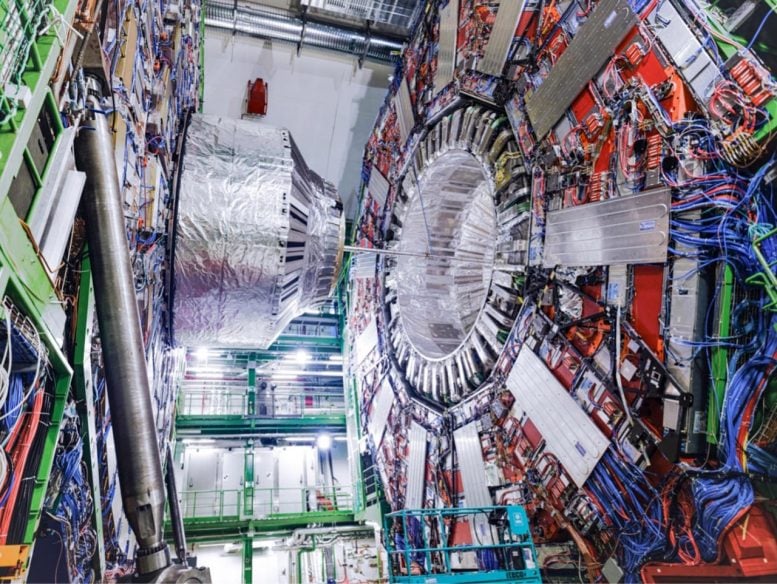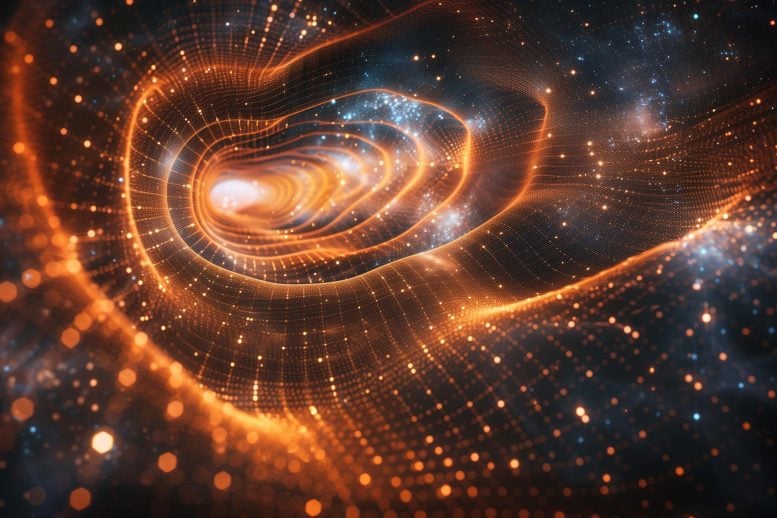Science Made Simple: What Are Photons?
Updated: 2024-06-27 23:21:58
 What Are Photons? Photons are the smallest possible particles of electromagnetic energy and therefore also the smallest possible particles of light. Photons can travel at...
What Are Photons? Photons are the smallest possible particles of electromagnetic energy and therefore also the smallest possible particles of light. Photons can travel at...
 With this measurement, the Large Hadron Collider again demonstrated its ability to provide very high-precision measurements and bring new insights into an old mystery. The...
With this measurement, the Large Hadron Collider again demonstrated its ability to provide very high-precision measurements and bring new insights into an old mystery. The... Investigations into gravitational waves and their relationship with Finsler geometry are providing new insights into spacetime, suggesting ways to harmonize relativity and quantum mechanics. When...
Investigations into gravitational waves and their relationship with Finsler geometry are providing new insights into spacetime, suggesting ways to harmonize relativity and quantum mechanics. When...